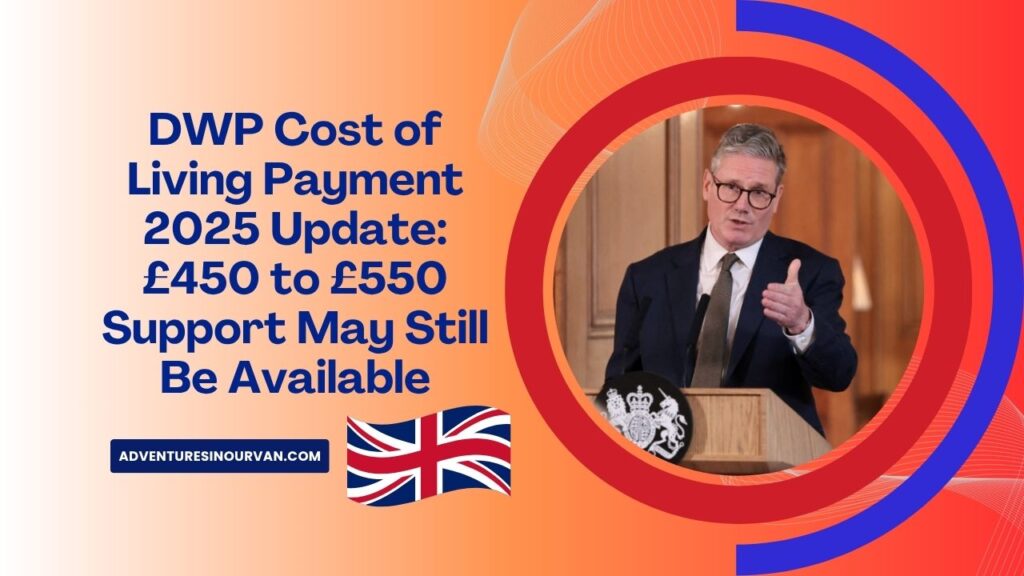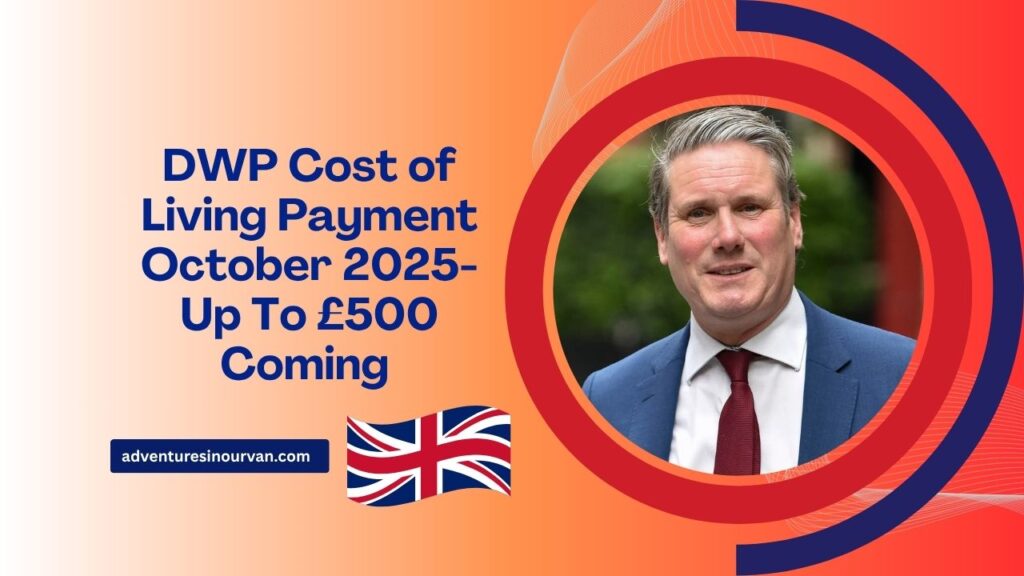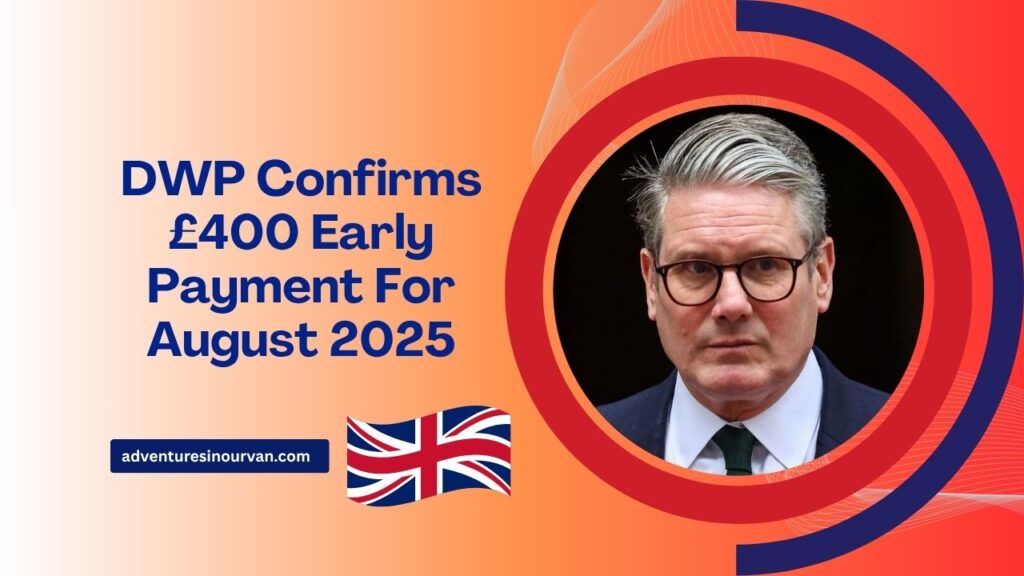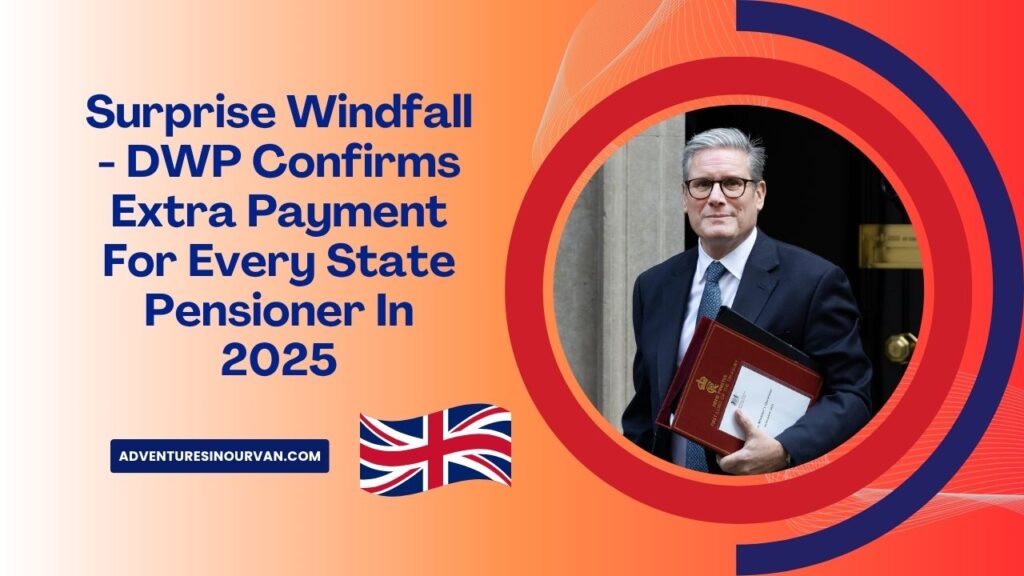With inflation persisting and energy bills remaining high, millions of low-income households across the UK are anxiously awaiting confirmation of a potential new DWP Cost of Living Payment in 2025. Although no official announcement has been made yet, the increasing financial pressure has reignited public speculation about additional government aid.
While the Department for Work and Pensions (DWP) has stated that there are no current plans, many economists and advocacy groups argue that further action may soon become necessary. Here’s what we know about the potential support, what could influence a decision, and how families should prepare.
What Might the 2025 DWP Cost of Living Payment Look Like?
If a new Cost of Living Payment is approved for 2025, it is likely to fall between £450 and £550, drawing from previous trends and inflationary data.
- A single payment approach is expected—unlike the £900 package provided in 2023.
- A £500 payout to approximately eight million households would cost around £4 billion, significantly less than earlier initiatives but impactful nonetheless.
- Timing is crucial; a likely window for distribution would be late summer or early autumn, aligning with rising energy costs and the onset of political campaigning.
If inflation or political pressure intensifies, the payout may reach £550, but even the lower estimate of £450 could offer vital relief to struggling families.
10+ Active Support Options for 2025
Although national payments ended in 2024, multiple forms of aid are still available in 2025:
| Support Type | Description |
|---|---|
| Council Tax Reductions | One-time relief for those under financial pressure |
| Energy Support Grants | £100–£200 for heating and essentials |
| Discretionary Housing Payments (DHP) | Help for rent gaps and housing needs |
Other updates include:
- Universal Credit deduction cap reduced to 15%, saving up to £420/year
- 1.7% benefits increase as of April
- Budgeting Advances of up to £812 for eligible applicants
- £742 million boost to the Household Support Fund
- BT’s £15 broadband deal locked in for qualifying users before May
- Local council schemes offering emergency cash, energy vouchers, and rent support
Scotland: Carers receive £293.50 biannually; households with disabled children get £235 for winter fuel
Wales: Young care leavers receive £1,600 per month
England: Trials include Warm Home Prescriptions and Basic Income Pilots (£1,600/month)
Who Could Receive the £450–£550 Payment?
If new Cost of Living Payments are rolled out in 2025, they would likely go to:
| Group | Eligibility Requirements |
|---|---|
| Universal Credit Claimants | Must receive qualifying benefit during set timeframe |
| Pension Credit Recipients | Even small awards could qualify |
| Income-based ESA or JSA | Contribution-based claimants are not eligible |
| Tax Credit Beneficiaries | Must meet HMRC’s conditions for Working or Child Tax Credits |
| Housing Benefit Pensioners | Eligible if not on other income-based benefits |
Key Actions for DWP Claimants
✔ Keep Benefits Updated
Ensure your Universal Credit, Pension Credit, or other income-based claims are accurate and current. Report changes in household income or status to avoid disqualification.
✔ Apply for Pension Credit
If you’re above State Pension age and have a low income, apply for Pension Credit, which may also unlock backdated support.
✔ Trust Official Sources Only
Stay informed via GOV.UK or the official DWP website. Avoid misleading rumors circulating on social media.
✔ Explore Local Council Help
Even without national payments, many councils provide emergency aid through the Household Support Fund. This could cover food, heating, or urgent expenses.
✔ Manage Your Budget Carefully
Any potential DWP payment might not arrive until autumn or winter. Avoid relying on speculative dates and budget cautiously until new support is officially confirmed.
Could Future Payments Be Tailored in Real-Time?
A growing number of policymakers are exploring the concept of dynamic Cost of Living Payments, which would adjust based on actual household needs:
- If council tax rises by £100, a matching rebate might be triggered.
- Sharp spikes in energy prices could prompt automatic prepayment top-ups.
- Rent increases may be offset with temporary housing support.
This model—relying on live data from energy providers, councils, and HMRC—is already under policy review. The goal is to deliver real-time aid, ensuring households receive timely, targeted support without increasing overall spending.
While there is no confirmed Cost of Living Payment for 2025 yet, the growing economic strain and political climate could prompt the UK government to act. A one-off £450 to £550 payment remains a possibility, especially as energy bills and inflation threaten low-income households.
In the meantime, families should take full advantage of existing support, keep their benefit claims accurate, and monitor official announcements closely. Whether the next step involves a traditional lump-sum payout or a more dynamic, need-based approach, being prepared is key.



